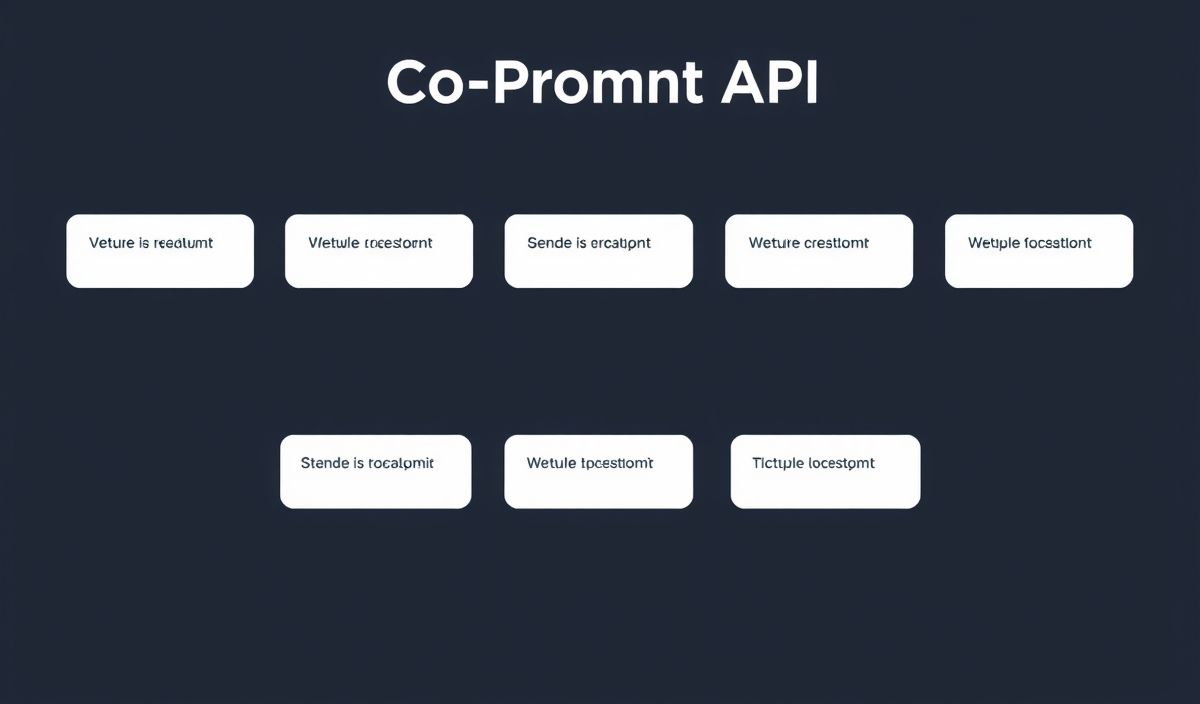Introduction to Boolbase
Welcome to our comprehensive guide on boolbase, the JavaScript library designed for Boolean operations with optimal performance. Whether you’re a beginner or a seasoned developer, this guide will introduce you to boolbase and demonstrate its powerful API through detailed explanations and practical examples.
Getting Started with Boolbase
To begin using boolbase, you can install it via npm:
npm install boolbaseAPI Methods
Here’s a quick overview of some of the most useful APIs provided by boolbase:
alwaysTrue()
This function always returns true.
const boolbase = require('boolbase');
console.log(boolbase.alwaysTrue()); // Outputs: true
alwaysFalse()
This function always returns false.
const boolbase = require('boolbase');
console.log(boolbase.alwaysFalse()); // Outputs: false
negate(fn)
This function returns the negation of the provided function.
const boolbase = require('boolbase');
const isFalse = boolbase.negate(boolbase.alwaysTrue);
console.log(isFalse()); // Outputs: false
and(fn1, fn2)
This function returns true if both fn1 and fn2 return true.
const boolbase = require('boolbase');
const bothTrue = boolbase.and(boolbase.alwaysTrue, boolbase.alwaysTrue);
console.log(bothTrue()); // Outputs: true
or(fn1, fn2)
This function returns true if either fn1 or fn2 return true.
const boolbase = require('boolbase');
const oneTrue = boolbase.or(boolbase.alwaysTrue, boolbase.alwaysFalse);
console.log(oneTrue()); // Outputs: true
Practical Application Example
Let’s build a simple web app that leverages boolbase to manage user permissions.
const boolbase = require('boolbase');
// User permissions
const canViewPage = boolbase.alwaysTrue;
const canEditPage = boolbase.alwaysFalse;
// Check user permissions
const userCanView = canViewPage();
const userCanEdit = canEditPage();
// Application logic
function checkPermissions(view, edit) {
if (view) {
console.log('User can view the page.');
} else {
console.log('User cannot view the page.');
}
if (edit) {
console.log('User can edit the page.');
} else {
console.log('User cannot edit the page.');
}
}
checkPermissions(userCanView, userCanEdit);
In this example, we use boolbase to define user permissions for viewing and editing a page. The checkPermissions function then checks these permissions and logs the appropriate messages.
Conclusion
With boolbase, you can streamline your Boolean operations in JavaScript for better performance and cleaner code. We hope this guide helps you understand and utilize the boolbase library more effectively. Happy coding!
Hash: 239e0e2d6b50f3cf1190a2136135a9e46e73a1ebb27be21e22cfd20fae7e1710




